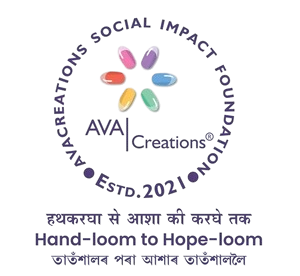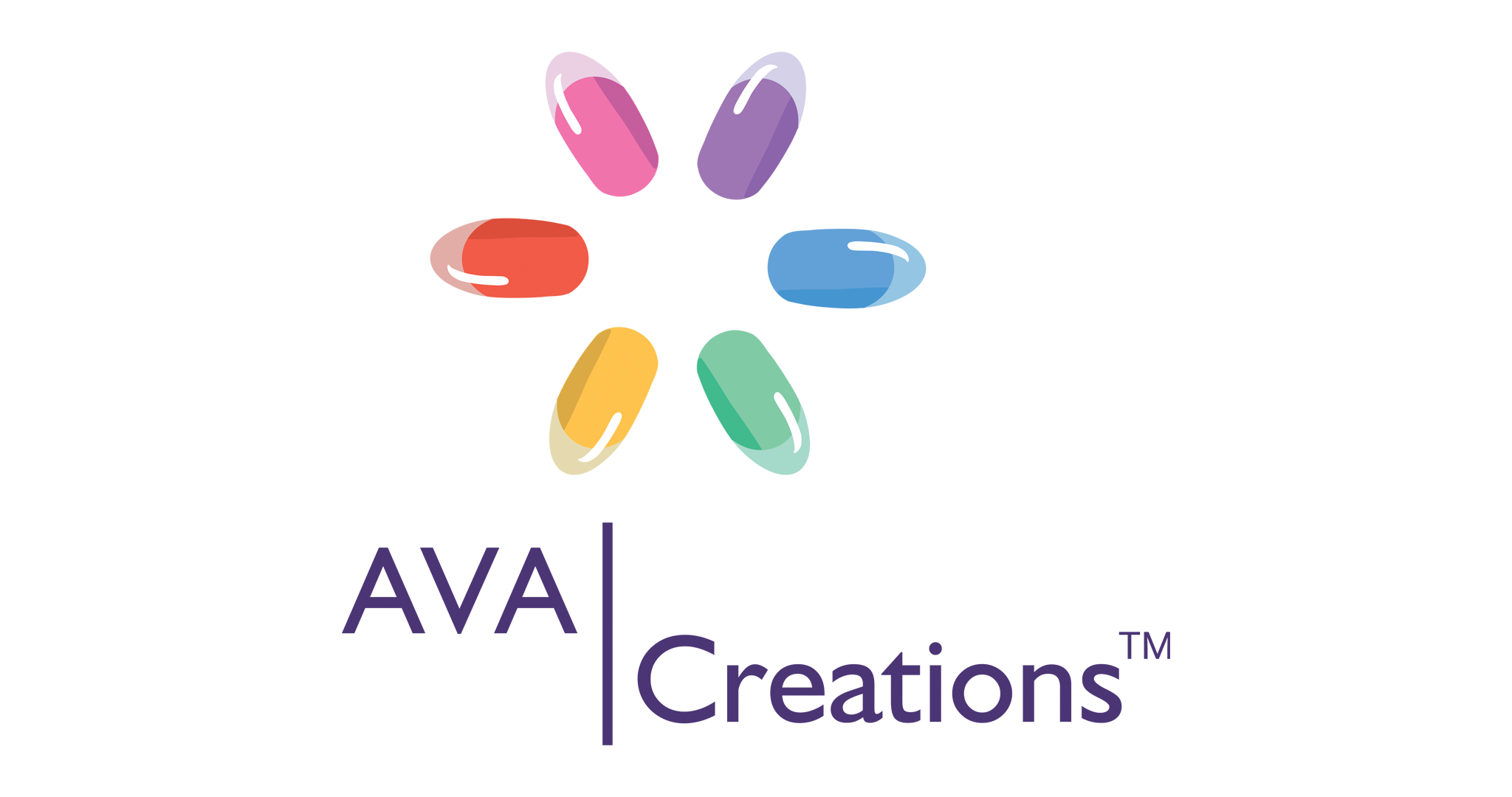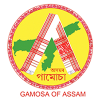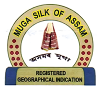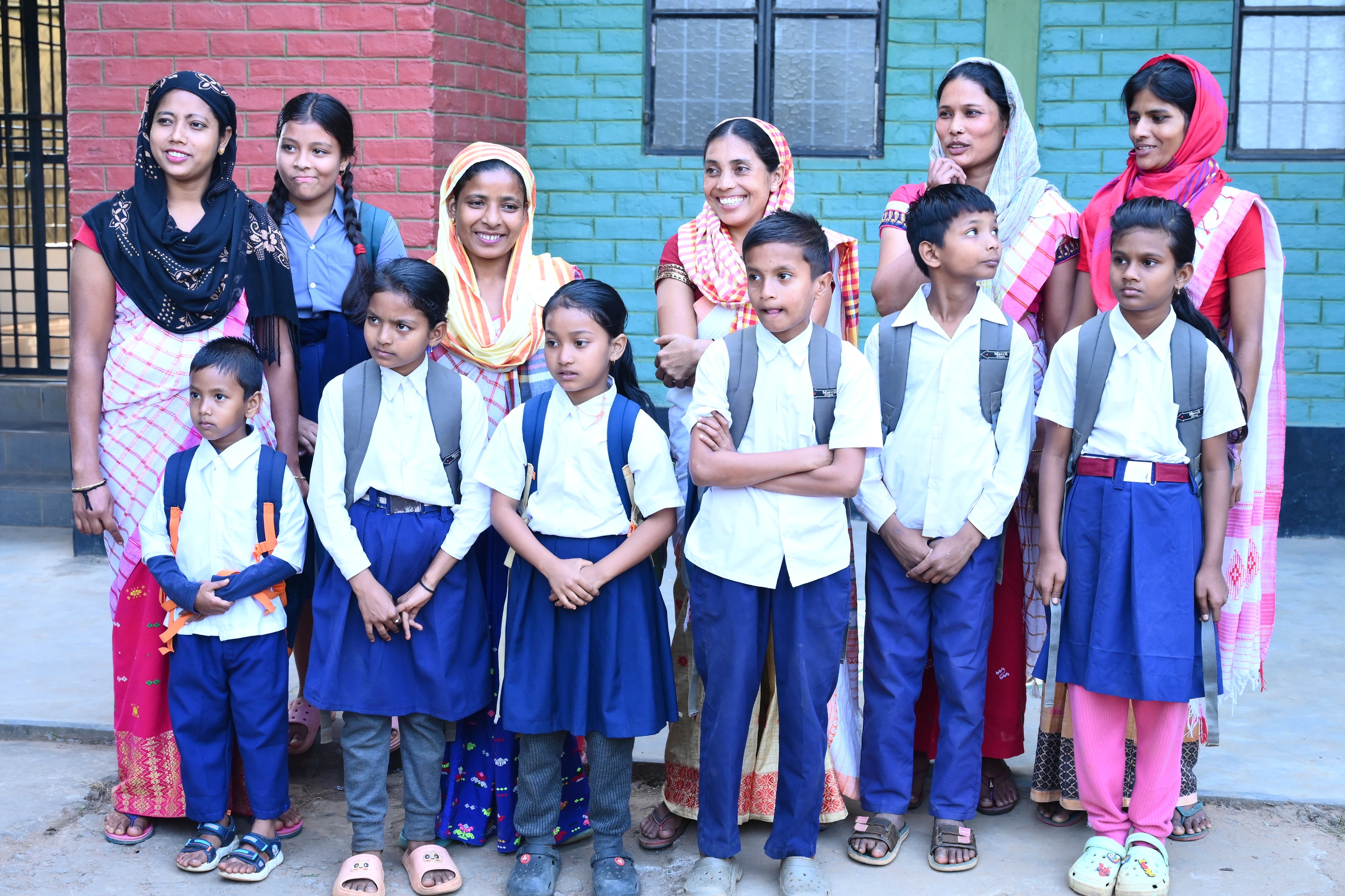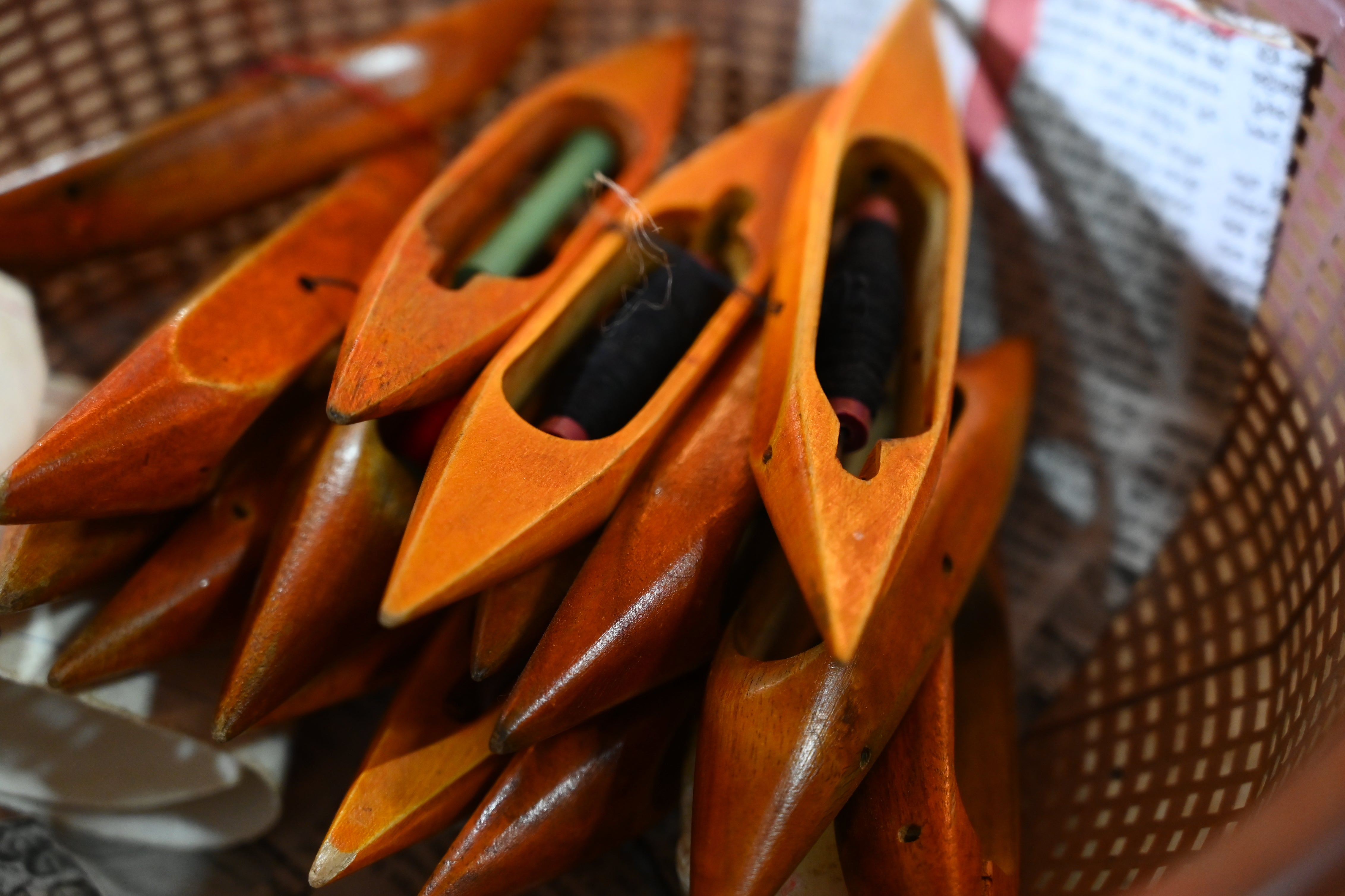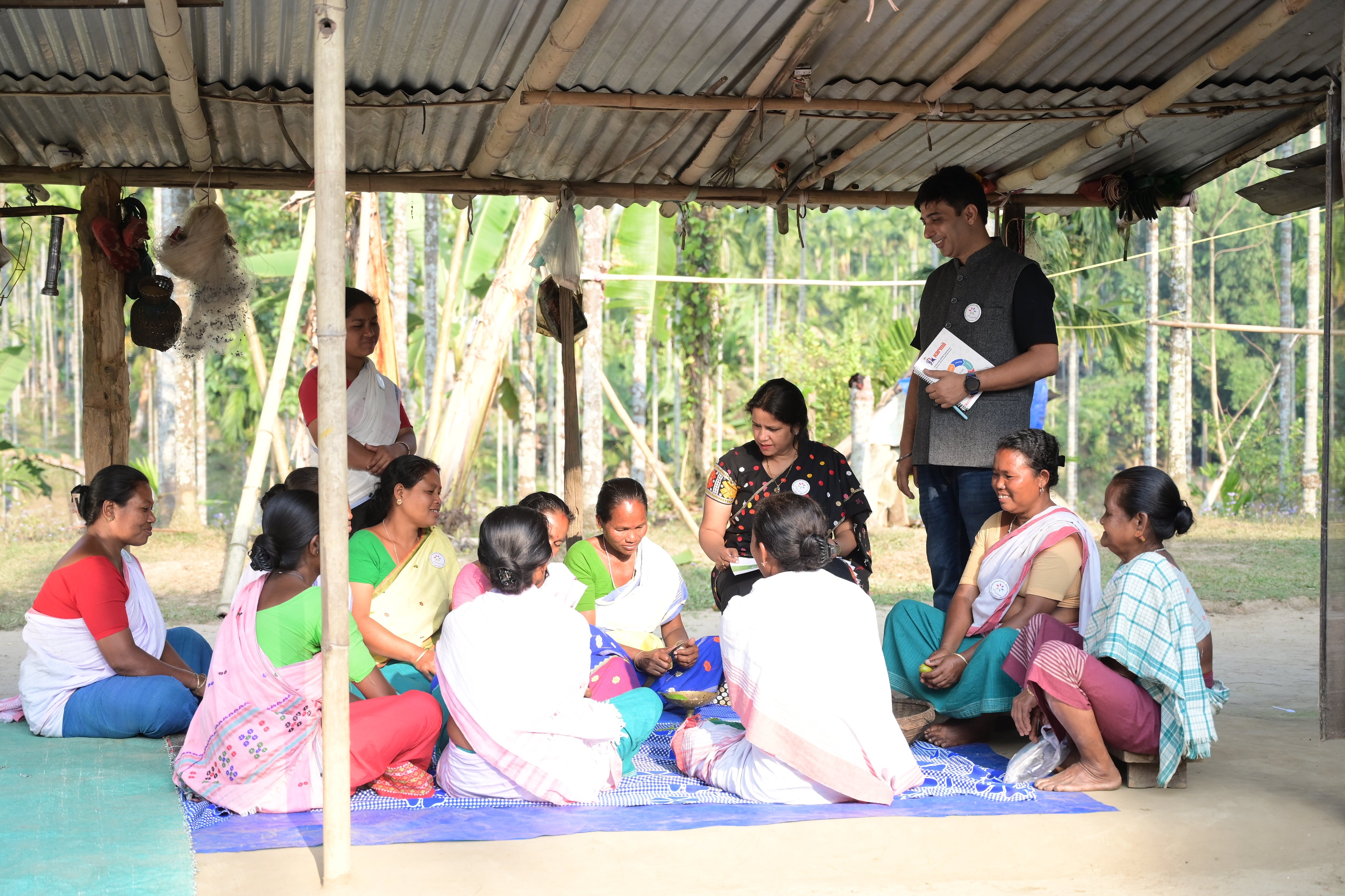
Threads of Change: Dreams and Resilience from Ranikhamar One Intervention, Weaving Many Hopes

In the quiet village of Ranikhamar, nestled within the Loharghat Forest Range, the hum of looms is more than a sound—it's a lifeline. It’s a rhythm of resilience, a thread of tradition, and a testament to the dreams of the women weavers who call this place home. As AVACreations Social Impact Foundation conducted an impact assessment survey, powerful voices emerged, each carrying tales of struggle, determination, and hope.

Take the story of a mother who, despite her struggles, holds on to the hope of a better future for her children. “My daughter had to drop out of school after Class 9 because we don’t have a steady income to support her education. The school is far, and I couldn’t even afford bicycles for her and my son to commute. If I could get quality yarn and regular weaving work, I could make extra money to send them back to school.”
Education, often taken for granted elsewhere, is a distant dream for many in Ranikhamar. The lack of financial stability and basic resources forces families to make heartbreaking choices. For some, weaving and sericulture offers a glimmer of hope to change this narrative, but access to raw materials remains a constant struggle.

One woman, sitting beside her loom, shared her frustration. “Most of the time, my loom is empty because I don’t have access to good-quality yarn. If I could get regular yarn supplies and market support, I could keep weaving and contribute more to my family.”
Her words resonate deeply with the broader challenges revealed in the survey. Women here spend long hours weaving but are limited by inconsistent access to tools, raw materials, and markets. Without intervention, the potential of their craft remains untapped, leaving their families vulnerable to the cycle of poverty.
For some, the stakes are even higher. Another mother, her voice filled with both pride and worry, shared her children’s untapped potential. “Both my children are gifted in sports, and everyone in the village says they have the potential to go far. But we live hand-to-mouth and can’t afford the training or opportunities they need to succeed. If I had the resources to weave consistently, I could help them chase their dreams.”

Dreams in Ranikhamar extend beyond financial stability. For an 18-year-old girl who learned to weave from her mother, weaving is a means to restore dignity to her family. “We don’t have a loom, a shed, or the tools we need to practice this craft. If I could earn money through weaving, my first goal would be to build a proper bathroom for my family. Right now, we use a makeshift bathroom, and I want to give my family the dignity and comfort of a real facility.”

These stories also reflect broader challenges highlighted in the survey. Access to healthcare is limited, with women relying on distant government clinics or local healers. Few families have insurance or savings, and many are unaware of government welfare programs meant to support weavers and artisans. Women often lack ownership of looms or tools, borrowing or renting them instead, which adds to the instability of their income.
Through their stories, one theme stood out: weaving is not just a craft; it is a means to reclaim dignity, uplift families, and turn aspirations into reality. AVACreations Social Impact Foundation believes in transforming these struggles into stories of success. Initiatives like Handloom to Hopeloom aim to provide consistent access to quality yarn, buy-back and market support, and training for women to sustain their craft. These small interventions can make a profound difference—ensuring that looms never sit idle, children return to classrooms, and families live with dignity.

